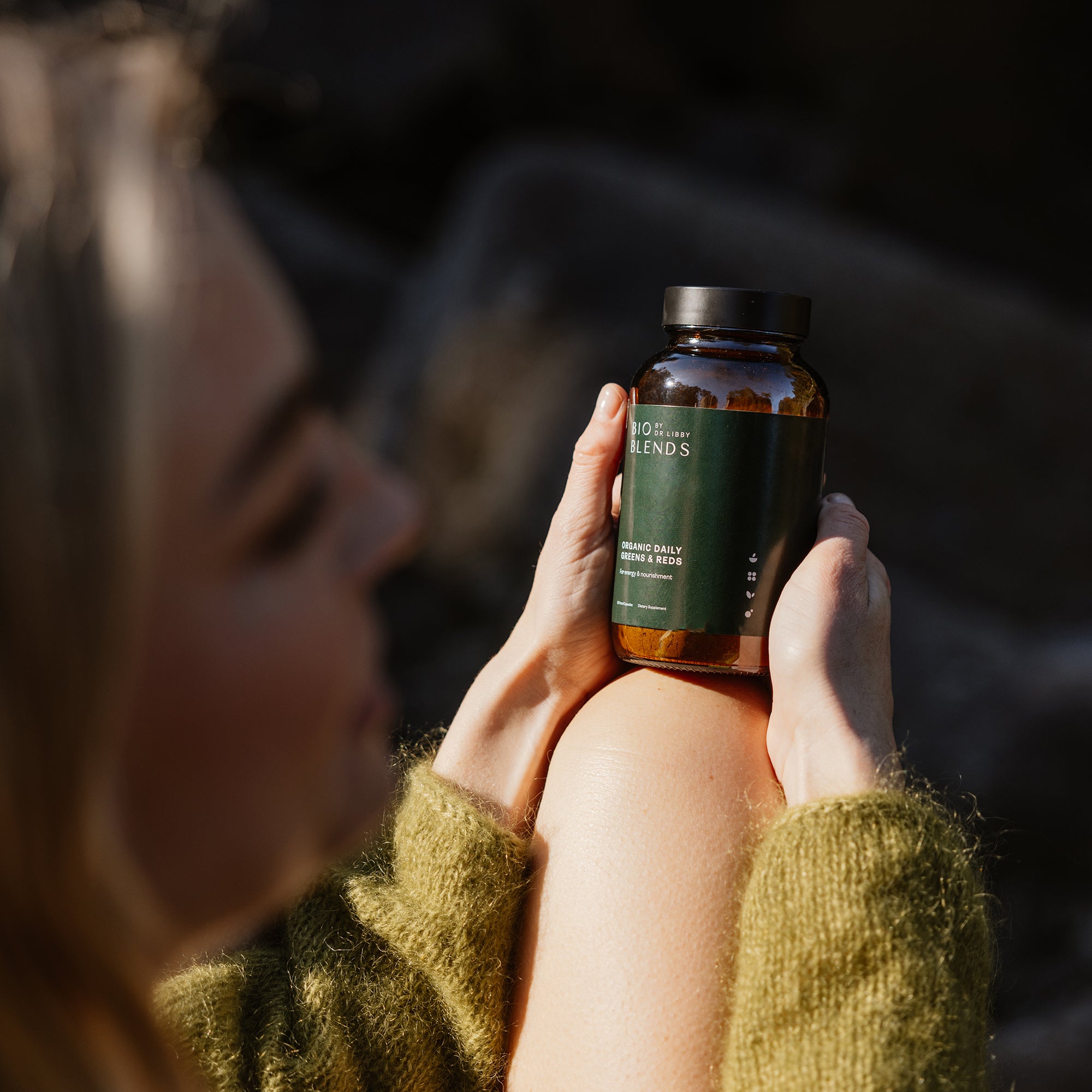Article: What your blood test might really be saying about your iron

What your blood test might really be saying about your iron
We often take comfort in the word “normal” when it comes to blood test results. But as I often say – normal isn’t always optimal. This is particularly true when it comes to your iron status.
If you’ve ever been told, “Your ferritin’s a bit on the low side, but it looks fine”, you’re not alone. Many women are reassured that their iron levels are “within range”, even though they sit at the lower-end of the normal range and battle exhaustion, low mood, anxiety, brain fog, or hair loss.
The truth is, pathology reference ranges are based on averages – not on what’s ideal for energy, focus, mood, thyroid hormone production, and general wellbeing. They’re designed to catch disease, not optimise health.
That’s why I encourage people to look beyond “normal” and ask: what’s actually optimal for me?
Watch my keynote snippet on Instagram where I explain why “normal” blood tests don’t always mean you’re thriving.
Myths and facts about iron (and why they matter)
In my recent conversation with functional medicine doctor and the author of the wonderful book The Post-natal Depletion Cure, Dr Oscar Serrallach, we explored some of the biggest misconceptions about iron – and how they’re quietly keeping so many people unwell. Here are a few of the most common myths we discussed:
Myth #1: “Your ferritin is a bit low, but everything else looks fine.”
Fact: Ferritin under 30 µg/L (or even 50 µg/L) indicates depleted iron stores – even if haemoglobin looks normal. Iron deficiency is the disease; anaemia is the late stage. When ferritin is low, the body has already been compensating for some time, and fatigue, mood changes, or poor exercise recovery can appear long before anaemia does.
Myth #2: “Iron is just about red blood cells.”
Fact: Iron acts more like a biochemical multitool. It’s essential for energy production, hormone health, detoxification, thyroid hormone production, and neurotransmitter synthesis – including GABA, serotonin, melatonin and dopamine, which influence mood, motivation and sleep. This is why low ferritin can feel like anxiety or depression, rather than “just tiredness.”
Myth #3: “Iron supplements don’t work.”
Fact: The issue isn’t usually supplementation itself, but the form of iron used. Traditional iron salts (like ferrous sulfate) can flood the gut with free iron, driving inflammation and prompting the body to raise hepcidin – the hormone that blocks absorption. The result? Constipation, nausea, and very slow, if any, progress.
Newer, food-sourced forms – such as ferritin-iron from organic peas – are encapsulated by a natural protein shell. This allows iron to pass safely through the digestive tract, absorbing efficiently and gently, while also protecting the gut cells from inflammation. In clinical studies, ferritin-iron has been shown to raise ferritin faster and without the common side effects associated with old-school iron supplements.
A closer look at infant iron needs
One fascinating point that came up in my conversation with Dr Oscar is how early our iron story begins. As I write about in Fix Iron First, there’s actually very little iron in breastmilk, and most infant formulas use iron salts such as ferrous sulfate, which have an average bioavailability of only around 5 percent.
This is one reason why a mother’s iron status during pregnancy – particularly in the third trimester and at birth – matters so profoundly. A baby relies on the iron it draws from their mother in utero (and stores in their own developing liver) to sustain them through the first six months of life, before they begin eating whole foods. Once solids/complimentary foods are introduced, it’s vital that iron-rich foods are included early on. Pureed meats, liver, sardines, lentils and beans can all help meet the requirements of infants aged 7 to 12 months of 11 mg per day. Those early dietary offerings play a significant role in supporting healthy growth, cognitive development and immune strength, setting the foundation for a lifetime of better iron status and robust health.
Why this matters for you
Whether you’re a new mum navigating fatigue, brain fog, mood challenges or a sense that your brain or body aren’t keeping up, it may not be “just life” or “just motherhood”. It could be your iron. Understanding ferritin – and why “normal” doesn’t always mean enough – can completely change how you approach your health.
To learn more about how low iron affects energy, hormones, mood and mental clarity – and how to replenish your stores naturally – listen to my full conversation with Dr Oscar Serrallach on The Iron Conversation podcast.



